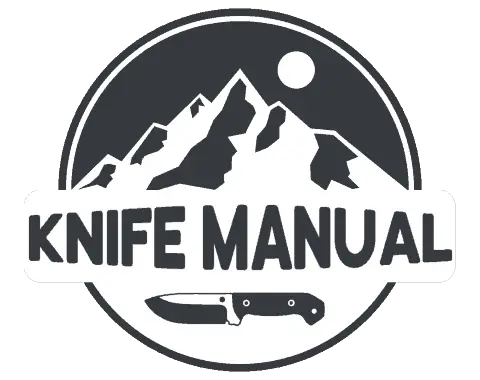Kevlar is one of those materials that have some fantastic properties and is excellent in a ton of situations, but it’s difficult to know where its limits are. It’s super durable and resistant to cuts, but will a knife go through Kevlar?
Kevlar is good at stopping and distributing sudden, strong forces, but a knife can generally cut through Kevlar because it applies continued pressure between the strands of the fabric. To prevent a knife from cutting through Kevlar, you must stack many layers of the material or have a rigid insert.
There is a lot of scientific jargon and confusing numbers that people throw around when discussing Kevlar and its stopping abilities. So let’s forgo the formalities, complex data, and confusing terms and take a more in-depth look at Kevlar and how good it is at stopping a knife.
Table of Contents
How to Stop a Knife From Cutting Through Kevlar
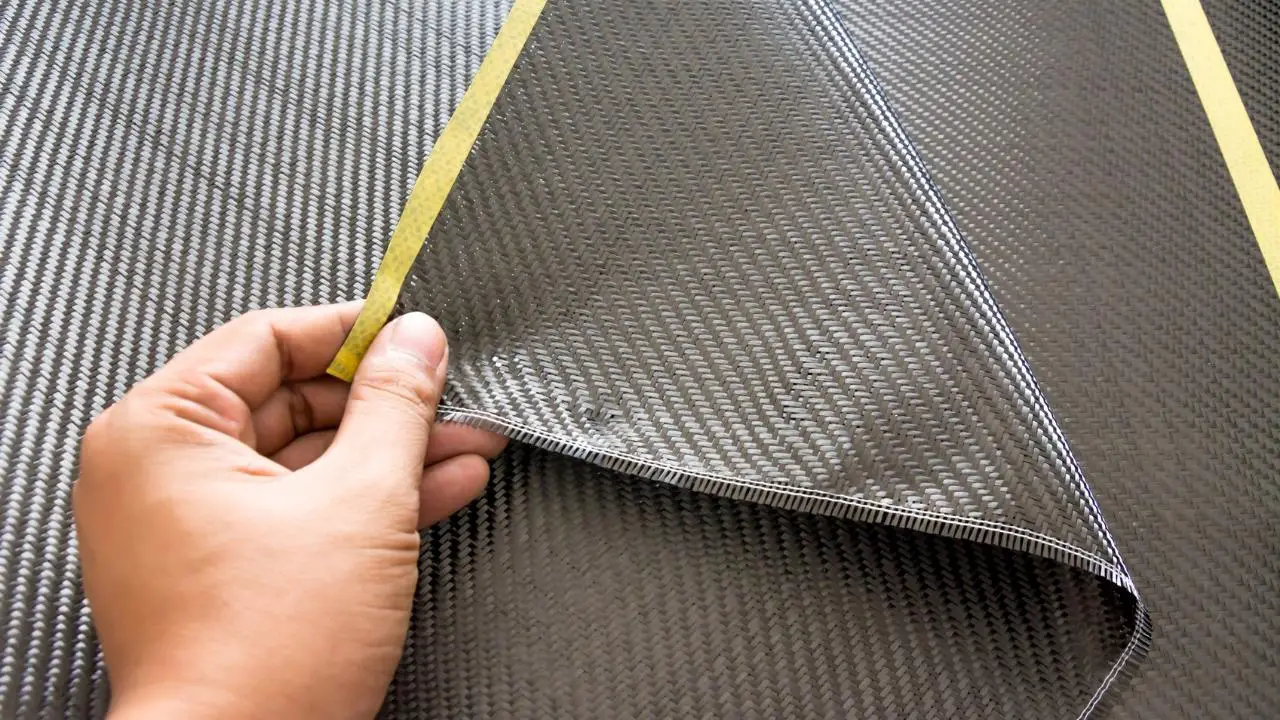
Put simply, a knife can generally cut through a single layer of Kevlar fabric, but there are things and modifications that you can do to help prevent this from happening. There are two main ways that you can reinforce Kevlar so it can withstand a knife:
- Stacking multiple layers or tight-knit Kevlar – Stacking multiple layers of Kevlar fabric won’t stop a knife from cutting through the outer layers, but it will often slow it down enough so it doesn’t make it all the way through.
- Adding a rigid insert or resin coating to the Kevlar – A rigid, strong insert plate (made from Kevlar and resin or steel) placed under the Kevlar will help stop a knife from making it through. Applying a thick resin coating to the Kevlar achieves a similar effect.
Now that you know a bit about two basic techniques to stop a knife from cutting through Kevlar let’s look at the two basic knife motions and how to prepare for each.
Stabbing Knife Motions
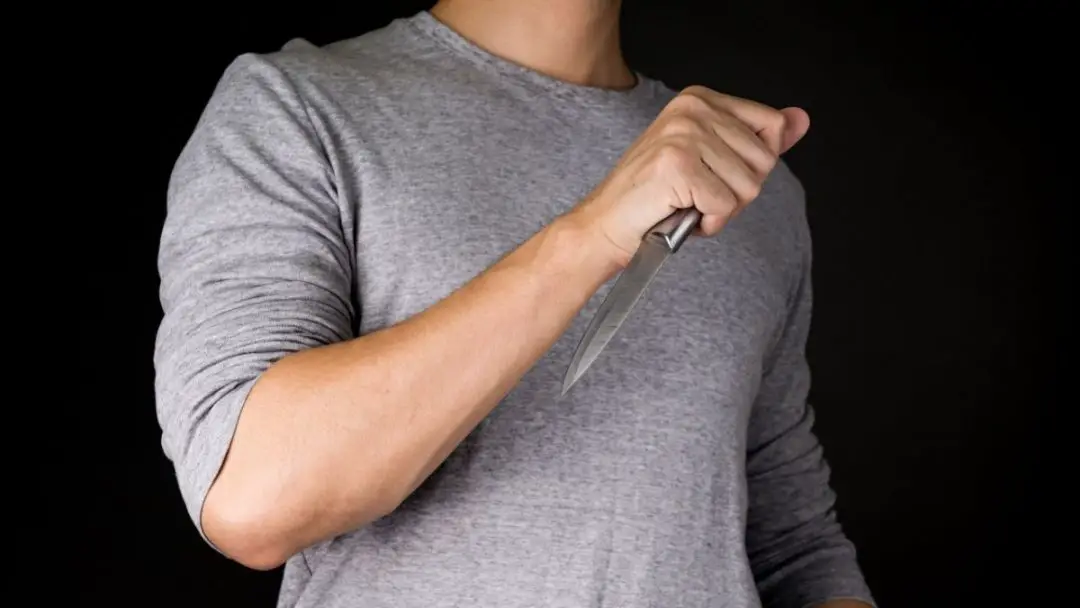
In a typical stabbing motion, a knife blade will apply a continued amount of pressure at a particular spot of Kevlar. While Kevlar is a rugged material with excellent impact resistance, but the sharp point of most knives can make it through a single layer of Kevlar.
Kevlar is a fabric made of carefully woven strands, and the blade tip will slip along the surface until it catches on a section between strands. The power behind the stabbing motion will then force the blade through the Kevlar.
To help stop a knife from making it through Kevlar with a stabbing motion, generally, the best solution is to have multiple layers of Kevlar to stop the blade.
The blade’s tip will make it through the first few layers of Kevlar exactly described above, but it will lose a little momentum each time. Eventually, the blade will cut through enough layers of Kevlar to become entangled in the weaving and reach a complete stop.
Slicing Knife Motions
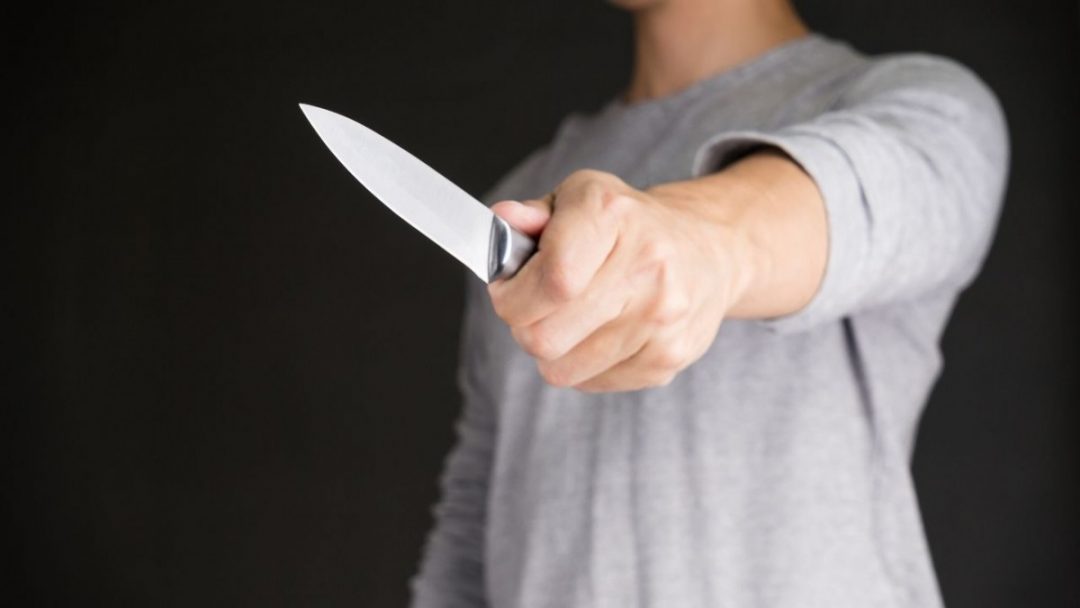
Knives used in a slicing motion can also generally make it through Kevlar. Kevlar will often withstand slicing action more than stabbing, but eventually, the blade will break through the fibers.
A slicing knife motion will begin with a lot of sudden pressure at the contact area, where the Kevlar usually gives way. Kevlar is good at absorbing and redistributing the pressure of the slicing motion across its surface, but if the knife breaks through on initial contact, all bets are off.
To stop a slicing motion with a knife from cutting through Kevlar, you can use multiple layers of Kevlar fabric, but a rigid insert or resin coating usually is a better option. As long as the Kevlar can withstand the initial impact of the slice, the rigid insert or resin coating will allow the blade to slide off without gaining traction on the followthrough of the motion.
How Many Layers of Kevlar Does it Take to Stop a Knife?
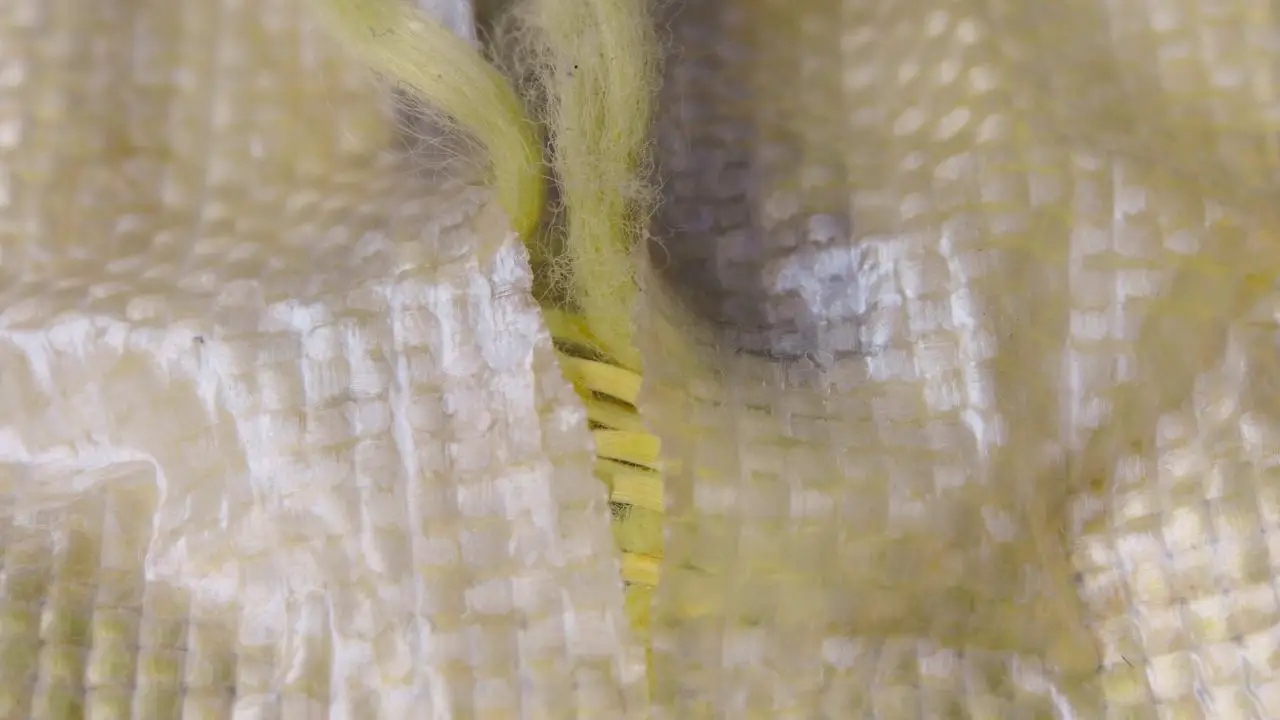
Stacking multiple layers of Kevlar to stop a knife is an excellent tactic to stop a blade most of the time, but there is no guarantee. Most experienced knife users can cut through multiple layers of Kevlar without a problem as long as they use a stabbing motion over a slice.
A stabbing motion cuts between the tightly knit fibers of Kevlar, while a slice (if it doesn’t make it through on initial contact) slides along the surface and is often unable to find traction and make it through.
At the right angle and with enough force, nearly any knife can make it through multiple layers of Kevlar. Kevlar simply isn’t good at stopping a knife without a resin coating or rigid insert.
To stop a knife using a slicing motion, it would take 5 to 10 layers of Kevlar to stop the blade, but even then, it’s far from a guarantee. A knife using a stabbing motion puts so much force at a single point that it is nearly impossible to stop using Kevlar alone. The only way to stop a knife 100% of the time is to layer the material until it is as thick as the blade’s length.
What Exactly Is Kevlar?
Without getting into the overcomplicated molecular makeup of Kevlar, it is essentially an aramid polyamide fiber trademarked by DuPont. Created in 1965 by Stephanie Kwolek, Kevlar is a spectacular material with incredible strength and thermal properties.
Since its creation, people have used Kevlar in various products, including ropes, tires, underwater equipment, protection vests, and various other items and pieces of equipment.
Kevlar is generally the most famous aramid polyamide fiber, but it is just that, a name brand. There are a host of other similar and arguably better materials like Kevlar, such as Nomex, Technora, and Twaron. Now that you know a bit about Kevlar let’s take a look at a few of the advantages and disadvantages of the material.
Advantages to Kevlar
- Extremely light considering Kevlar’s strength
- Kevlar is very durable and resistant to wear and tear
- Kevlar is very good at withstanding extreme temperatures
Disadvantages to Kevlar
- Not highly effective at stopping a knife without further reinforcement
- Kevlar often degrades under extended sunlight exposure
- It can be challenging to cut and manipulate Kevlar
Final Thoughts
Kevlar fabric is an extremely impressive material, but it is not ideal for stopping knives without a resin coating, rigid insert, or further reinforcements. Kevlar can typically hold up better to a knife slash than a knife stab because it distributes the pressure over a wider area of the fabric.
